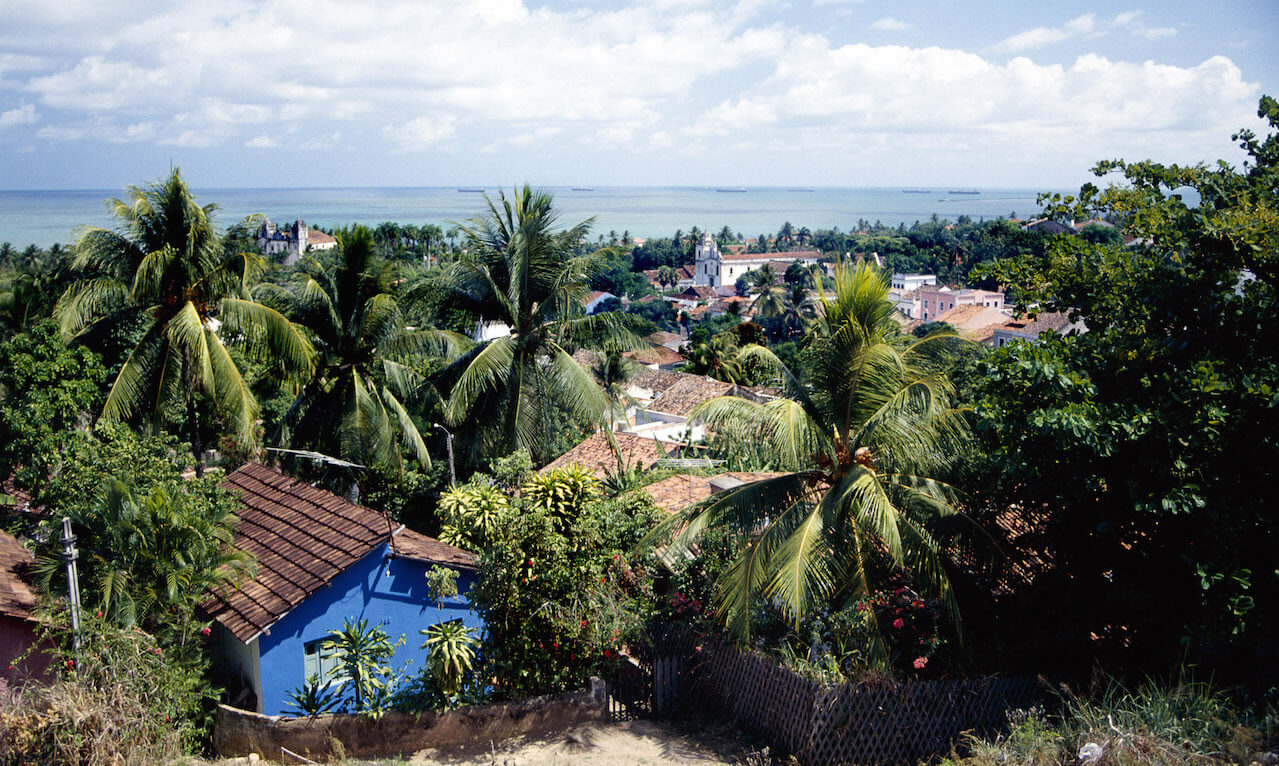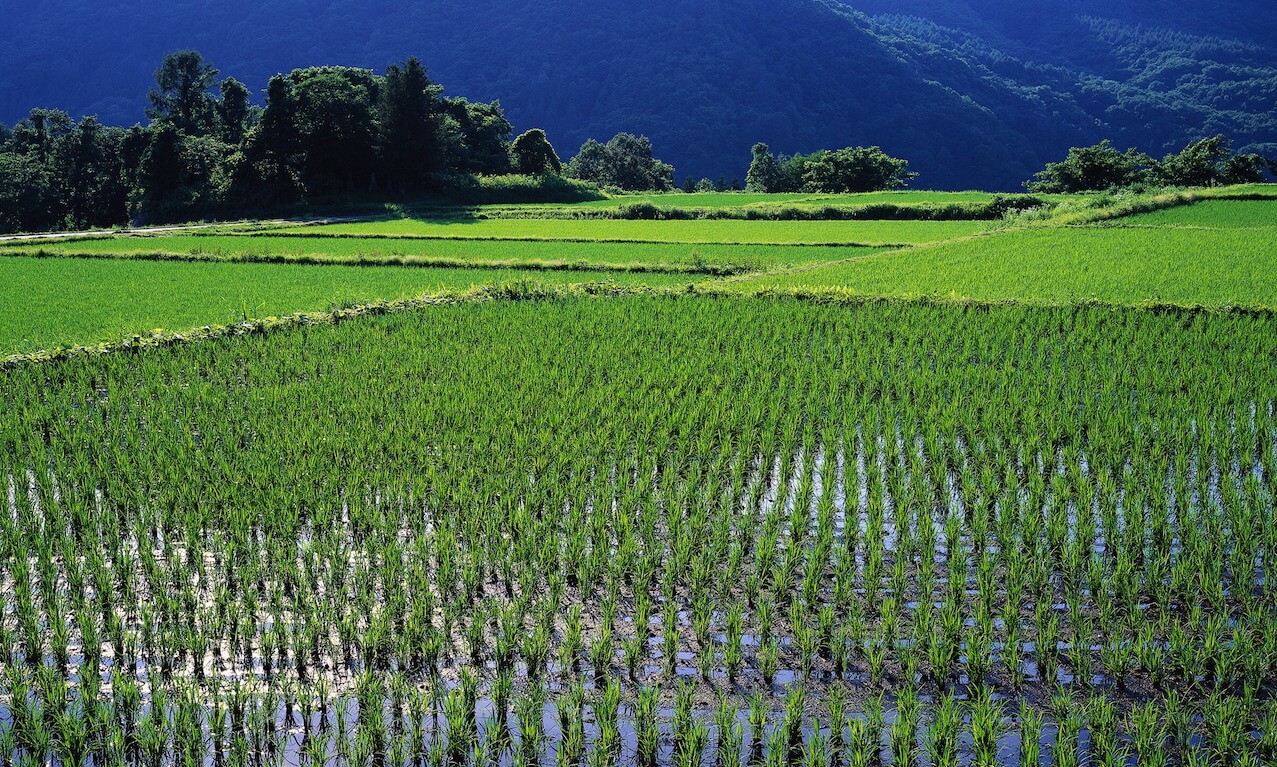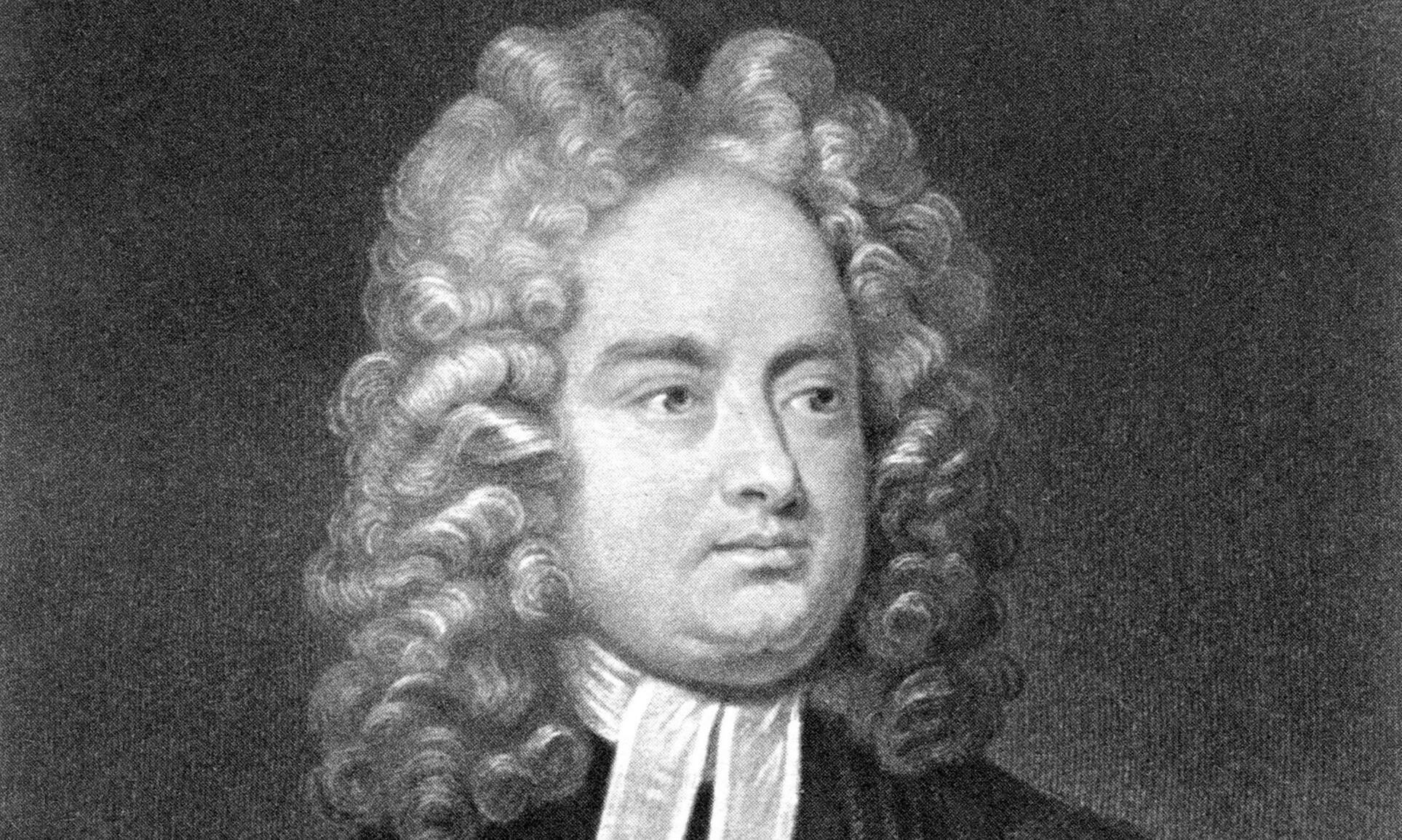Casual Perfection
Source: Slate
Critic Meghan O’Rourke argues that publishing drafts of Elizabeth Bishop’s work reveals more of the American poet’s brilliance.

Critic Meghan O’Rourke argues that publishing drafts of Elizabeth Bishop’s work reveals more of the American poet’s brilliance.

In part of its 21st Century Muckrakers series, Nieman Reports, a foundation that seeks to advance the standards of journalism, outlines the obstacles and advantages of contemporary investigative reporting.

In this column, Moisés Naím argues that in order to effect change, a movement needs more than a large crowd inspired to gather by social media.

Computer programs gather information about people based on every web site, news article, or item that they view or buy online. Using algorithms, computers can form a picture of each person’s personality better than a friend or family member. Read what you should know about protecting yourself and your privacy.

We may think we make our decisions in a rational way, based on the facts, but it turns out that our brains have other ideas.

The First Amendment protects, among other rights, the freedom of speech. In this opinion piece, UCLA law professor Eugene Volokh delves into what the Founders meant by the term “speech.”

Read about this lesser-known contemporary of the founding fathers.

Anthropologist T.M. Luhrmann analyzes the independence and interdependence displayed in different cultures.

In the 1720s and 1730s, author Jonathan Swift used satire to protest social injustices, balancing facts with absurdity.

Helen Macdonald, author of the best-selling memoir H is for Hawk, wonders about the desires and needs of animals. She suggests we can only imagine what they can be through our own lens of human experience.